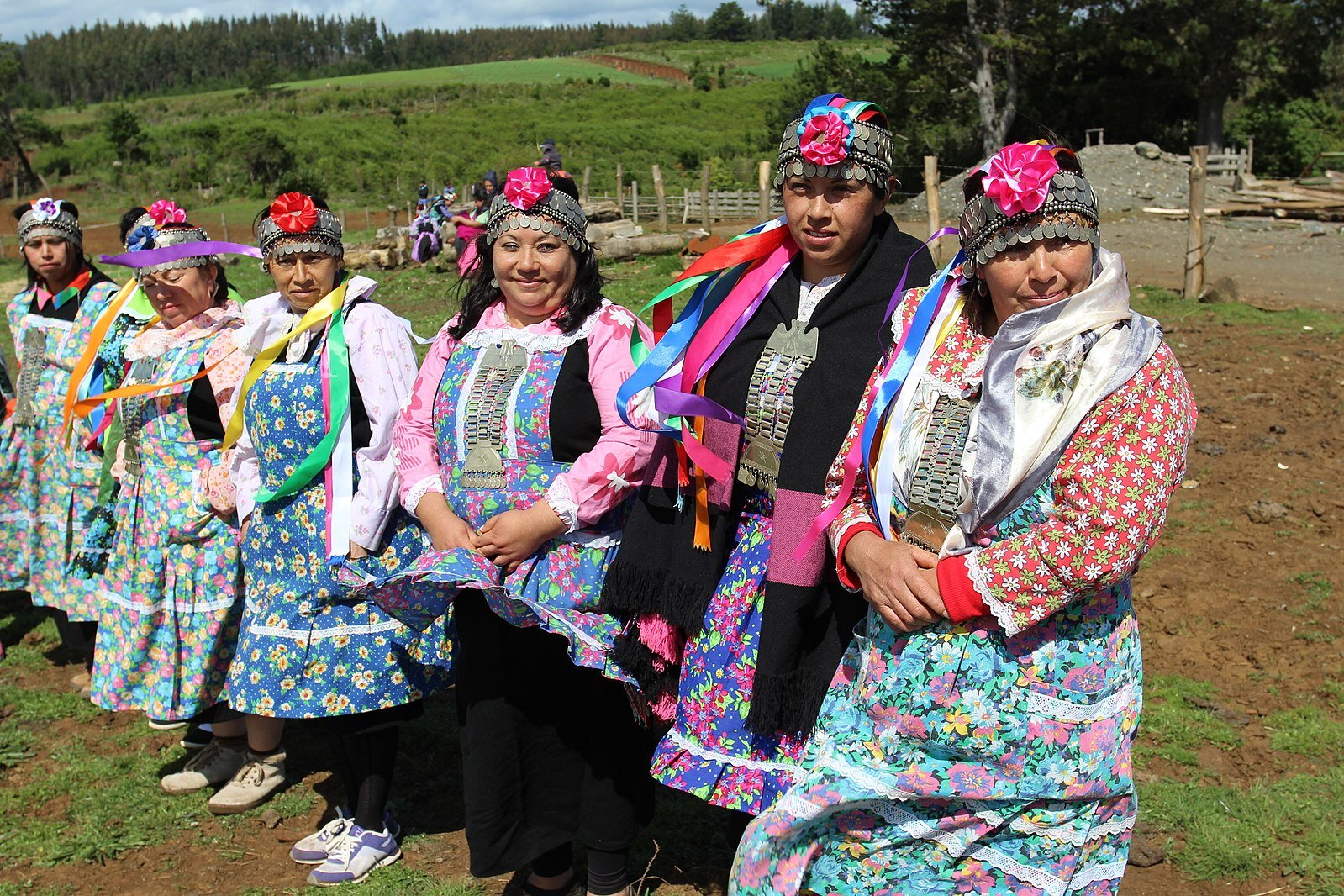Mapuche Tribe Continues Fight Against Fracking
Land destruction, oil fires, and water contamination from fracking on Indigenous land have burdened Mapuche people in Argentina. (Wikipedia)
A raging fire at an oil well burned for three weeks beginning on September 14 in Argentina's Neuquén region, home to the Indigenous Mapuche tribe. This fire is just one of the devastating effects of fracking by state-run corporations and multinational enterprises like Chevron.
Accidents like this have become all too common, according to Albino Campo Maripe, a 60-year-old chief of the Mapuche Tribe. Since 2018, there have been an estimated 934 incidents at 95 different oil wells in the region. These fires have destroyed the land where the Mapuche raised livestock. Meanwhile, leaks from drilling sites have contaminated their water sources.
Activists claim that recent threats posed by fracking are part of a broader history of abuse of Indigenous people by the Argentine and Chilean governments.
The once-pristine land, with two crystal blue lakes and awe-inspiring geological formations, is the subject of a legal dispute between the Mapuche tribe and fossil fuel industry. In 2013, the Argentine government passed a bill that opened up the Vaca Muerta region, home to one of the world's largest gas and shale oil deposits, to international markets. In previous decades all fracking was done by the state-owned oil company YPF. The introduction of private enterprises into the region has caused a legal battle as Chevron, the US oil company, has occupied a part of the reserve called Loma Campana.
According to a 2014 Argentine government committee, this region belongs to the Campo Maripe clan of the Mapuche tribe.“We were able to determine that the Campo Maripe clan has occupied the land continually since at least 1927, when they started paying pasture rights to the national government,” said Jorgelina Villarreal, a lead researcher for the 2014 committee. “We found government records, even an army map, that show they were the first recorded settlers of Loma Campana.”
Nevertheless, Chevron, with the support of the state run oil agency, continues to frack on the land.
On August 28, 2013, the Mapuche tribe staged massive protests outside of government buildings, but they were met with tear gas and anti-riot violence by the hands of the police.
The Mapuche tribe is one of the largest groups of Indegenous peoples in South America that occupies the Central Valley of Chile and the Neuquén province in Argentina where the Vaca Muerta reservoir is located. The tribe has had significant success preserving traditional culture and political organization in the face of colonial rule and governmental policies in both Chile and Argentina.
In April of 2019, representatives of the group pleaded to the International Criminal Court to take action against the governments of Chile and Argentina for “acts of genocide and crimes against humanity.” The case stems from a series of invasions of indigenous lands including the burning of homes and drowning of young children in a series of abuses known collectively as the Occupation of Araucanía. This operation was motivated by settlers who wanted to expand economic and territorial interests into land historically owned by the Mapuche tribe.
While more subtle, activists claim that the current policies of the government towards fracking represent the same historical forces that have caused these abuses. Seeking to boost the economy and stimulate foreign investment, Argentine President Mauri claims “this province will transform us into a world power.”
Despite the struggle, tribal leaders plan to continue pursuing legal action and protests. “As Mapuches, we’re not fighting for just ourselves or our community,” says Maripe, the 60-year old chief. “We want our children and grandchildren to know that we fought for something that belongs to everyone.”

